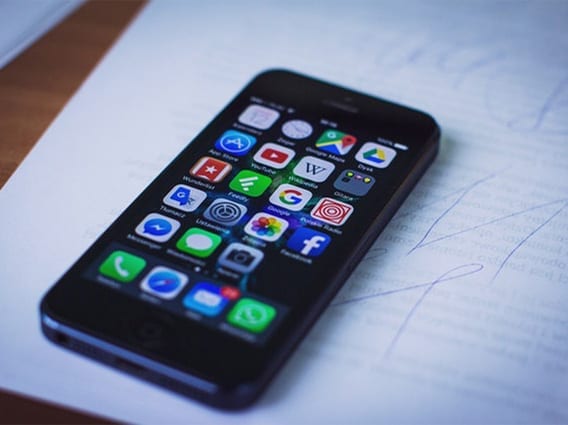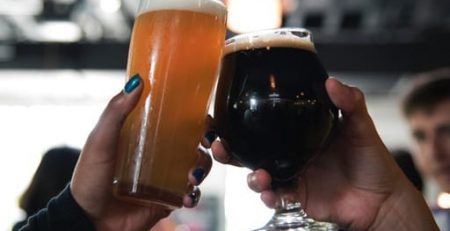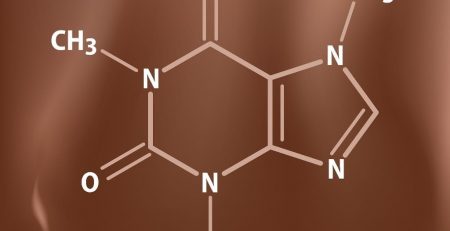New Smartphone App Detects Opioid Overdoses
According to the National Institute on Drug Abuse more than 70,200 Americans died from overdoses in 2017. This is a shocking increase from the less than 17,000 who died from overdoses in 1999.
While the symptoms of an overdose may be reversed with the administration of the drug naloxone if caught in time, those consuming opioids by themselves have no way to ask for help. Enter Second Chance, the smartphone app developed by researchers at the University of Washington that monitors a user’s breathing rate and can sense when an opioid overdose has occurred. They found the app accurately detects overdose-related symptoms about 90% of the time and can track someone’s breathing up to 3 feet away, according to a release from the University. The team published its results earlier this month in Science Translational Medicine.
“The idea is that people can use the app during opioid use so that if they overdose, the phone can potentially connect them to a friend or emergency services to provide naloxone,” UW’s Paul G. Allen School of Computer Science & Engineering associate professor Shyam Gollakota said. “Here we show that we have created an algorithm for a smartphone that is capable of detecting overdoses by monitoring how someone’s breathing changes before and after opioid use.”
The app sends inaudible sound waves from the phone to the user’s chests and monitors the soundwaves that return to look for certain breathing patterns. It also monitors how people move, looking for certain common motions, such as slumping down or nodding off.
To test the accuracy of Second Chance, the researchers partnered with Insite, the first supervised injection facility in Vancouver, Canada. They asked participants to prepare their drugs as they normally would, but monitored them pre-injection so the app’s algorithm could get a baseline value for their breathing rate. They continued to monitor participants both during and five minutes after the injection.
Of the 94 participants, 47 had a breathing rate of seven breaths per minute or slower, 49 stopped breathing for a significant period, and two experienced an overdose that required oxygen, ventilation and/or naloxone treatment. The algorithm correctly identified breathing problems that foreshadowed an overdose 90% of the time.
The team also worked with the anesthesiology team at UW Medical Center to “simulate” “actual” overdoses in an operating room, as actual overdoses are relatively rare at Insite. In these situations, the algorithm correctly predicted 19 out of 20 simulated overdoses. In the one case where the app was wrong, the patient’s breathing rate was just above the algorithm’s threshold.














